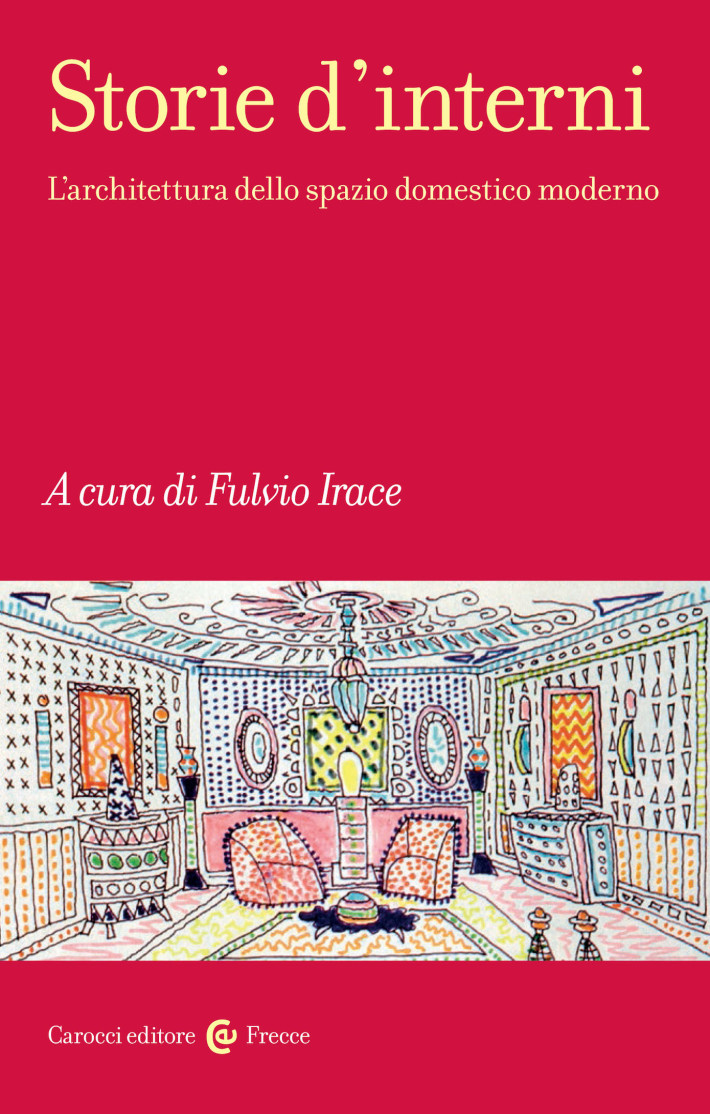1 June 2016
Always considered secondary with respect to architecture, interior design is in reality a complex discipline, connected in an organic way to furniture design, and to architecture itself. This is the premise on which Fulvio Irace’s Storie d’interni is based. The book has set itself an ambitious goal: to trace the lineage of interior design by showing the approaches to the construction of the home that have emerged from the second half of the 19th century to our own day. Irace identifies ten “figures” of modes of living, to which correspond the same number of stories entrusted to experts who connect up historical, artistic and architectural events. An analysis in stages that starts out from the decorated house, followed by the rational, social, liberated and prefabricated house, by the house on display, the glass house, the artist’s house, the disjointed house and the house of the future. There are no hierarchies of chronology between the various chapters nor exclusive attributions to designers, since masters like Mies van der Rohe, Le Corbusier, Adolf Loos or Gio Ponti cannot be contained in a single “house”: what predominates is the force of the interconnections, of the elective affinities. The starting point for each of these stories is the historical contextualization, i.e. the setting of the places against their political, social, economic and technological background. For each type of interior the elements of continuity are highlighted, but also those of rupture, in addition to their contemporary interpretations. The results of these investigations are always interesting, and often unexpected. As happens, for example, in the chapter devoted to social housing: it starts from the theme of the shortage of housing following the Second World War and from the debate over the “home for all,” and goes on to analyze the lofty model of Le Corbusier’s Unité d’Habitation and its legacy for such high-density complexes as the Smithsons’ Robin Hood Gardens or the many subsidized housing projects built in Italy between the fifties and the seventies. The analysis concludes with an acknowledgment of the current crisis in this great ideal of Modernism, which is reflected in the shift from social housing to furniture for all, spurred on by developments like IKEA or the German Van Bo Le-Mentzel. Published by Carocci.

Plan and interior of Walter Gropius’s House 17, a design for prefabricated housing presented at the Werkbund exhibition in Stuttgart in 1927.

Walter Gropius, model of Bauhaussiedlung, Weimar Am Horn, 1922. View of 1923 exhibition.
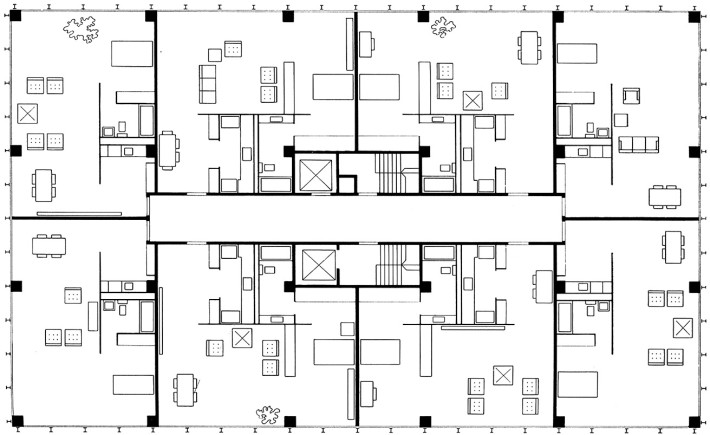
Plan of the standard floor of a tower of the Lake Shore Drive Apartments in Chicago, designed by Ludwig Mies van der Rohe, 1948-51.
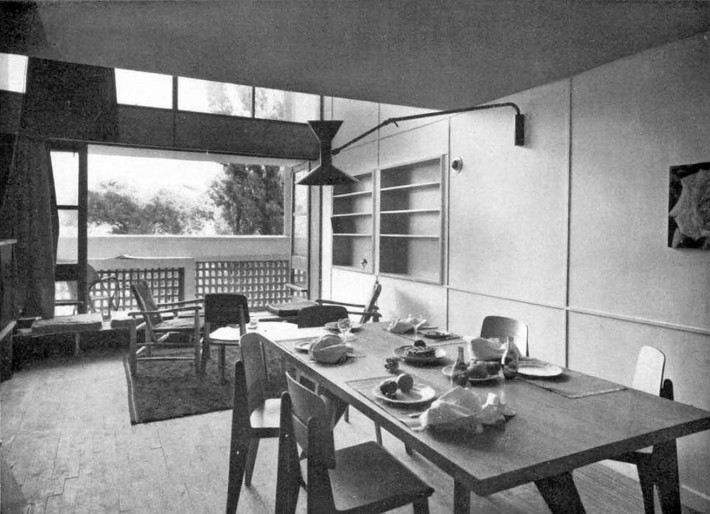
Contemporary photo of the living area of Le Corbusier’s Unité d’Habitation. Marseille, 1947-52.
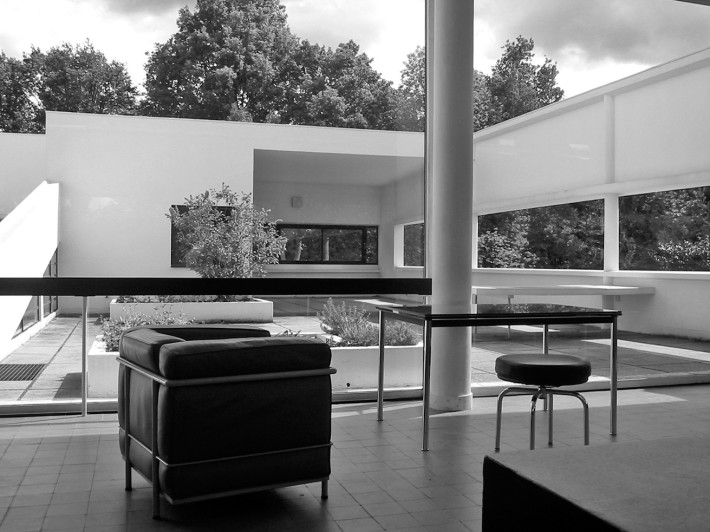
View of Le Corbusier’s Ville Savoy. Poissy, 1928-31.
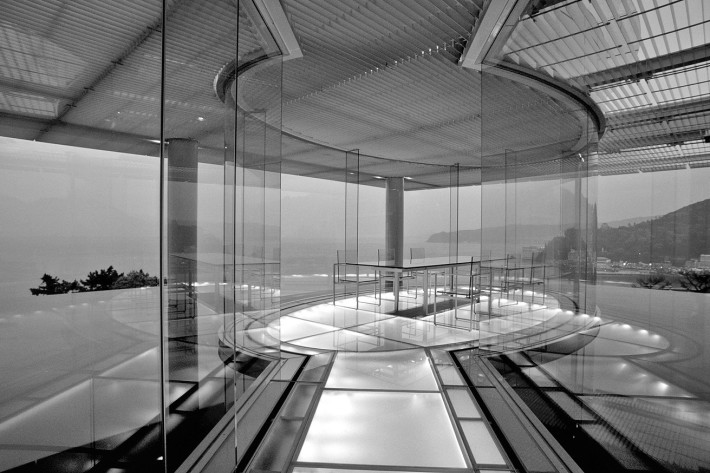
Kengo Kuma, Water/Glass House. Shizuoka, 1992-95 (© Mitsumasa Fujitsuka).
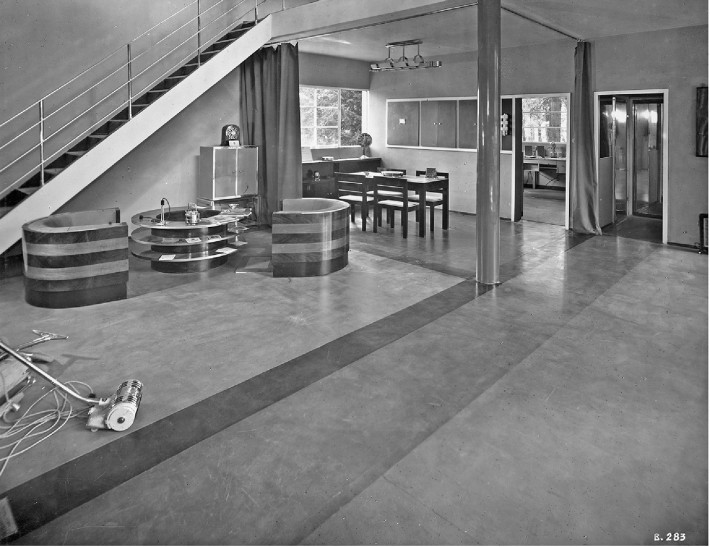
Luigi Figini and Gino Pollini, “Electric House,” 4th Triennale. Monza, 1930.

Sou Fujimoto, House NA, Tokyo, 2007-11. Photo: © Iwan Baan.
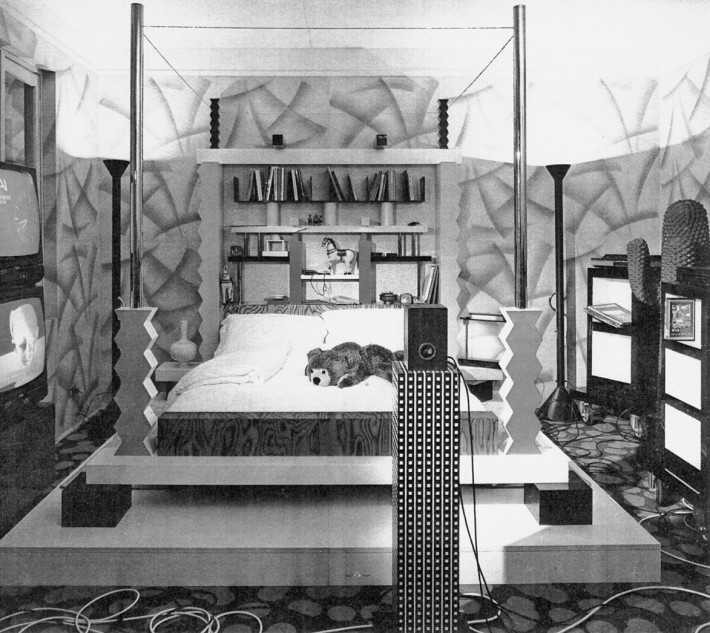
Bedroom designed by Ettore Sottsass Jr. for the exhibition Il progetto domestico. La casa dell’uomo: archetipi e prototipi, 17th Milan Triennale in 1986 (© Ettore Sottsass, by SIAE 2015).
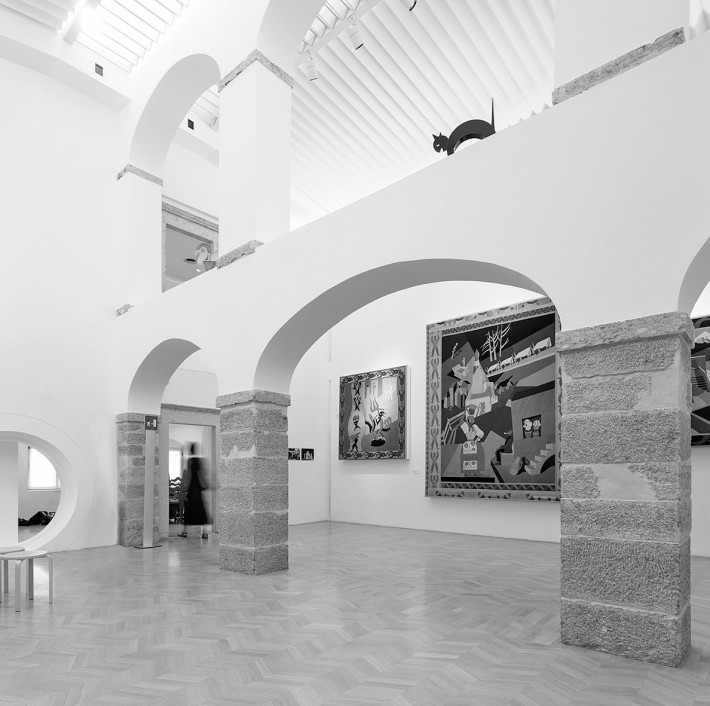
Casa d’arte futurista, founded by Fortunato Depero in 1957 and opened to the public after its restoration by Renato Rizzi in 2009.
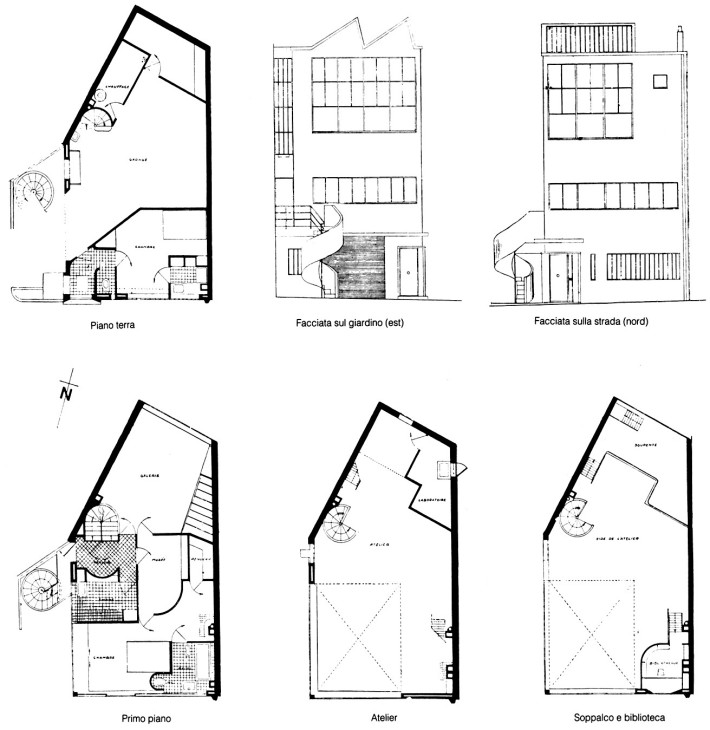
Plans and main elevations of the Atelier Ozenfant in Paris, designed by Le Corbusier in 1922.
